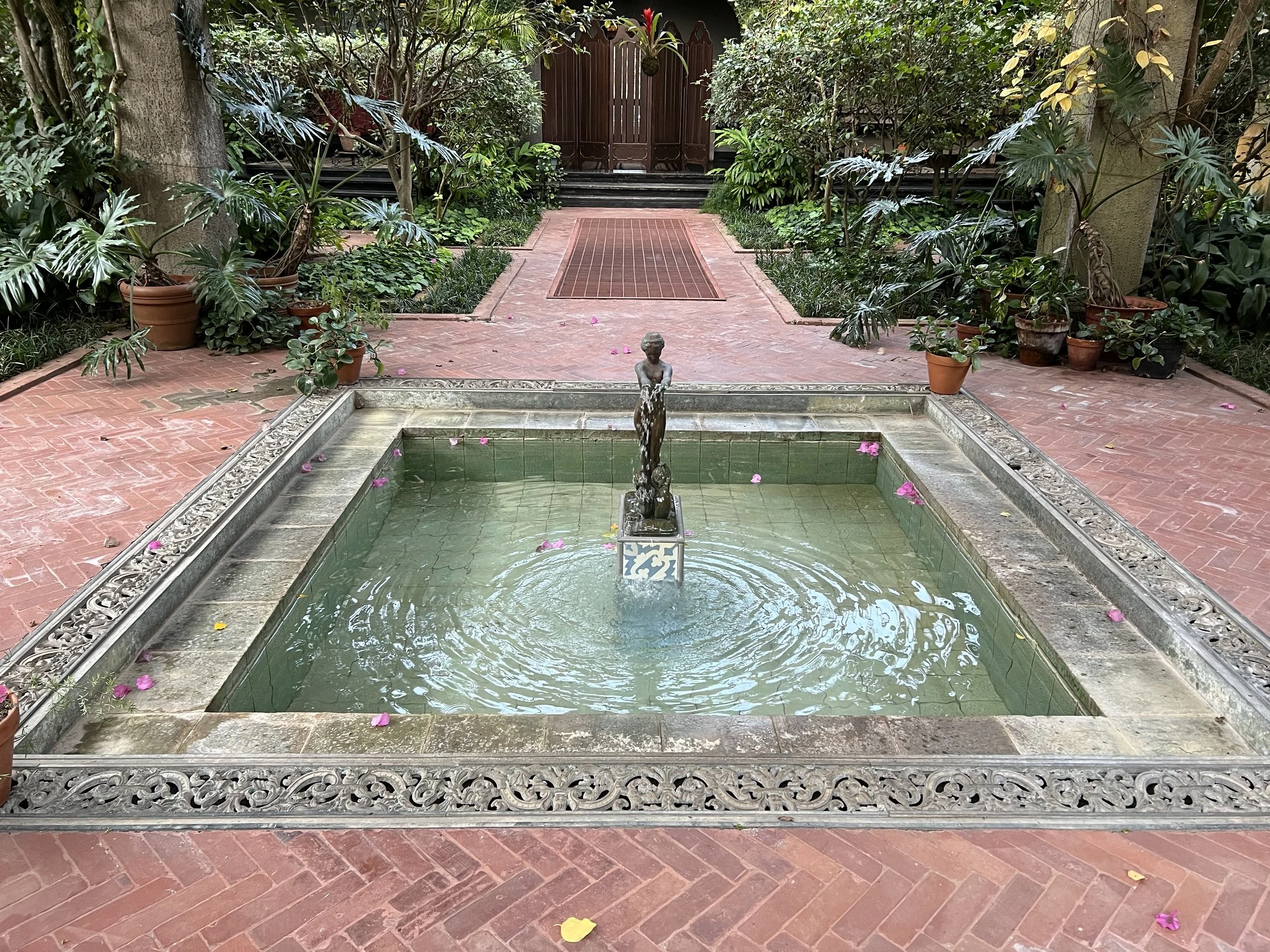This Week in Bridge
(421) Solid Suits in 2/1 GF Auctions
© AiB Robert S. Todd
Level: 7 of 10 (3 of 6) robert@advinbridge.com
General
One of the most important parts of bidding is searching for and finding a fit. This is our primary goal in the auction: to find a fit and make it the trump suit. But when we (or partner) hold an incredibly powerful suit, we may not need a fit from partner to have this suit as trump. We call these “self-sufficient” or “solid” suits. Hands that have these suits play incredibly well and often take a lot more tricks than hands with similar distribution but lesser suit quality. These suits will massively affect our hand evaluation – allowing us to explore slam even when partner does not have a fit for our suit. We need to have good agreements about how to show these valuable aspects of our hand to partner.
What is a “Solid Suit”?
Before we talk about how to show a solid suit, we need to make sure we know what a solid suit is. A solid suit is one that will generally play for at most 1 loser opposite a void. That means we expect to have at most 1 loser in this suit, even if partner is void and the suit breaks reasonably (not perfectly).
Example 1
Solid KQJ10xxx 4-2 break, only 1 loser (6 tricks)
Not Solid KQJxxxx 3-3 break, only 1 loser. 4-2 break, 2 losers (only 5 tricks)
Solid AQJ10xxx 4-2 break, only 1 loser (6 tricks)
Solid AKQxxxx 4-2 break, only 1 loser (6+ tricks)
Solid AKQJxx 4-2 break, no losers (6 tricks)
Solid? AKQxxx 4-2 break, only 1-loser (only 5 tricks, maybe not enough, but close)
Solid Suits in GF Auctions
In a 2/1 GF auction, we do not need to be in a hurry – we are in forcing auction, so partner cannot pass. This allows us to apply an important general principle in forcing auctions – “good hands go slow.” When we have extra values, we do not need to jump around eating up valuable bidding space. Instead, we bid slowly and try to get as much information from partner as possible. This opens up our jumps to be used for different hands. We use jump rebids by Opener to show a quality solid suit instead of showing extra values.
Example 2
1♠ 2♣
3♠
Solid ♠ suit (at most 1 loser), sets ♠ as trump and asks partner to start bidding controls.
Since Opener has shown their solid suit (they have generally set it as trump), although they have not shown extra HCP, their long strong suit gives them extra playing strength and they are interested in exploring slam. Thus, we bid on by starting a control-showing auction.
We also should be aware that a similar auction exists and is standard after a 2♣ opening:
Example 3
2♣ 2♦
3M
Since 2-Major would be forcing, then 3M has a special meaning: showing a solid suit, not extra values.
This shows a solid suit, sets trump, and asks Responder to start showing their controls.
Conclusion
When partner has a singleton or void in our long suit they will often be “fighting with us” about what strain to play the contract in. When our suit is so strong (almost solid), we want to let partner know to stop searching for a trump suit because we have that under control. Showing a self-sufficient suit sets trump (letting partner know trump is taken care of) and asks them to start the control-showing process. This quickly lets us set the direction of the auction toward slam and puts us in a good position to show our own controls, Keycard, or use other tools to explore slam. Make sure that you and partner discuss when these strong suit jumps apply!

